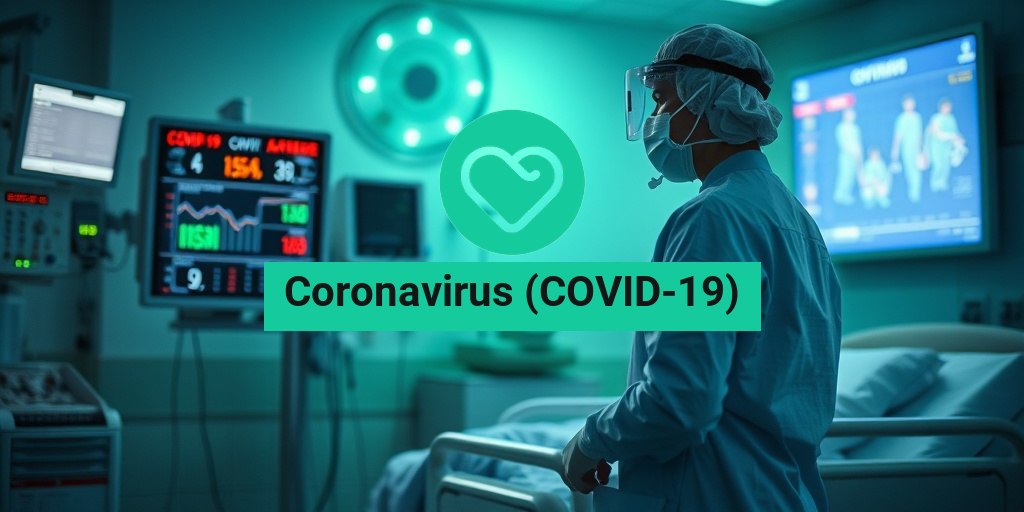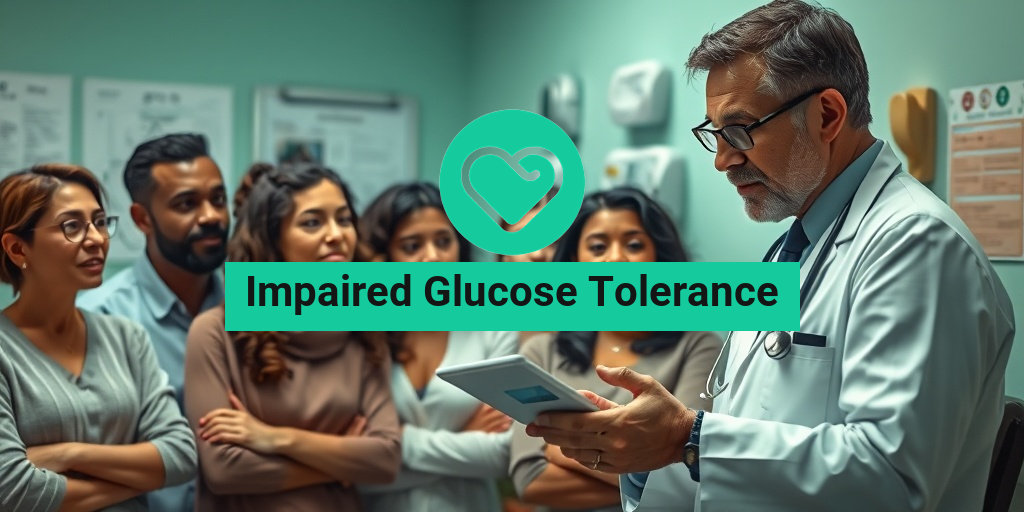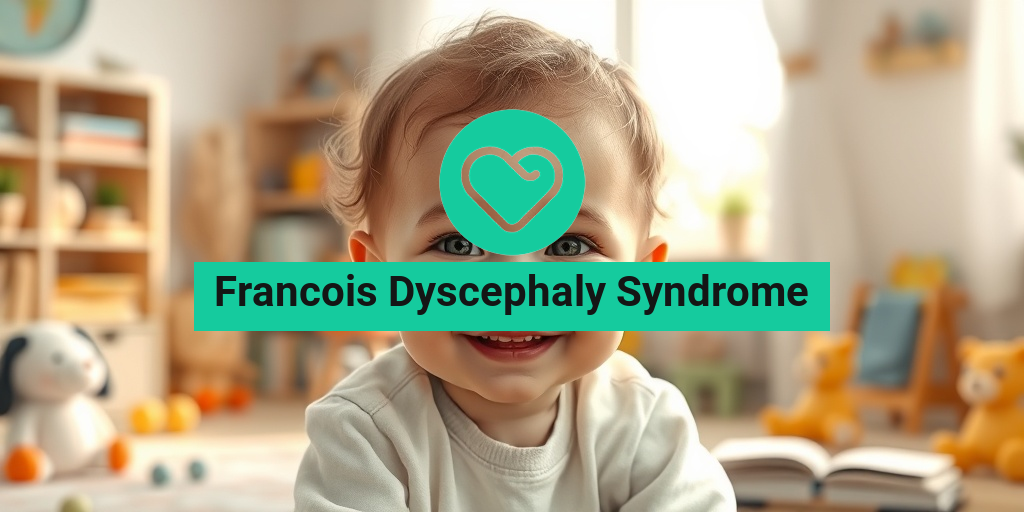What Is Ventricular Tachycardia?
Ventricular tachycardia (VT) is a type of fast heart rate that originates from the ventricles, the lower chambers of the heart. This condition can be serious, as it may lead to more severe heart issues, including ventricular fibrillation, which can be life-threatening. Understanding VT is crucial for early detection and management.
How Does Ventricular Tachycardia Occur?
Ventricular tachycardia occurs when the electrical signals in the heart become disrupted. Normally, the heart beats in a coordinated manner, but in VT, the ventricles beat rapidly and out of sync with the atria (the upper chambers of the heart). This can result in a heart rate exceeding 100 beats per minute, and in some cases, it can reach up to 250 beats per minute!
Types of Ventricular Tachycardia
There are several types of ventricular tachycardia, including:
- Monomorphic VT: This type has a consistent shape on an ECG and is often associated with structural heart disease.
- Polymorphic VT: This type varies in shape and can be more dangerous, often linked to conditions like long QT syndrome.
- Sustained VT: This lasts longer than 30 seconds and may require immediate medical intervention.
- Non-sustained VT: This lasts less than 30 seconds and may not always require treatment.
Ventricular Tachycardia Symptoms
Recognizing the symptoms of ventricular tachycardia is vital for timely intervention. While some individuals may experience no symptoms, others may have noticeable signs that warrant immediate medical attention.
Common Symptoms of Ventricular Tachycardia
Symptoms can vary based on the duration and severity of the tachycardia. Common symptoms include:
- Palpitations: A feeling of rapid or fluttering heartbeats.
- Dizziness or Lightheadedness: This can occur due to reduced blood flow to the brain.
- Shortness of Breath: Difficulty breathing may arise, especially during physical activity.
- Chest Pain: Some individuals may experience discomfort or pain in the chest area.
- Fainting (Syncope): In severe cases, a person may lose consciousness.
Why Does Ventricular Tachycardia Cause Hypotension?
One of the critical concerns with ventricular tachycardia is its potential to cause hypotension (low blood pressure). When the heart beats too quickly, it may not have enough time to fill with blood between beats, leading to decreased cardiac output. This can result in insufficient blood flow to vital organs, causing symptoms like dizziness and fainting.
When to Seek Medical Attention
If you or someone you know experiences symptoms of ventricular tachycardia, especially if they are severe or accompanied by chest pain, it is essential to seek medical help immediately. Early diagnosis and treatment can significantly improve outcomes.
For more information on managing and understanding ventricular tachycardia, consider visiting Yesil Health AI, a valuable resource for evidence-based health answers.
In conclusion, being aware of the signs and symptoms of ventricular tachycardia can be life-saving. If you have risk factors or a history of heart disease, regular check-ups with your healthcare provider are crucial to monitor your heart health. ❤️

Causes of Ventricular Tachycardia
Ventricular tachycardia (VT) is a serious heart condition characterized by a rapid heartbeat originating from the ventricles. Understanding the causes of ventricular tachycardia is crucial for effective management and treatment. Here are some of the primary causes:
1. Heart Disease
One of the most common causes of ventricular tachycardia is underlying heart disease. Conditions such as:
- Coronary artery disease – Reduced blood flow to the heart muscle can lead to ischemia, which may trigger VT.
- Heart failure – Weakened heart muscles can disrupt normal electrical signals, resulting in tachycardia.
- Cardiomyopathy – This refers to diseases of the heart muscle that can lead to abnormal heart rhythms.
2. Electrolyte Imbalances
Electrolytes play a vital role in maintaining the heart’s electrical activity. An imbalance in key electrolytes such as:
- Potassium
- Magnesium
- Calcium
can lead to disturbances in heart rhythm, potentially causing ventricular tachycardia.
3. Structural Heart Abnormalities
Congenital heart defects or structural changes due to previous heart surgeries can create pathways for abnormal electrical signals, leading to VT. Conditions like:
- Valvular heart disease
- Myocardial infarction (heart attack)
can significantly increase the risk of developing ventricular tachycardia.
4. Medications and Stimulants
Certain medications and substances can provoke ventricular tachycardia. These include:
- Stimulants – Caffeine, nicotine, and illicit drugs like cocaine can increase heart rate and trigger VT.
- Some prescription medications – Certain antiarrhythmic drugs may have side effects that lead to tachycardia.
5. Other Medical Conditions
Several other medical conditions can contribute to the development of ventricular tachycardia, including:
- Hyperthyroidism – An overactive thyroid can increase heart rate and lead to arrhythmias.
- Pulmonary embolism – A blockage in the pulmonary arteries can strain the heart and trigger VT.
Risk Factors for Ventricular Tachycardia
Identifying the risk factors for ventricular tachycardia is essential for prevention and early intervention. Here are some key risk factors to consider:
1. Age and Gender
Ventricular tachycardia can occur at any age, but it is more prevalent in older adults. Additionally, men are generally at a higher risk compared to women, particularly those with existing heart conditions.
2. Family History
A family history of heart disease or arrhythmias can increase your risk of developing ventricular tachycardia. Genetic predispositions play a significant role in heart health.
3. Lifestyle Factors
Unhealthy lifestyle choices can contribute to the risk of VT. These include:
- Poor diet – A diet high in saturated fats, sugars, and sodium can lead to heart disease.
- Lack of physical activity – Sedentary lifestyles can weaken the heart and increase the risk of arrhythmias.
- Smoking – Tobacco use is a significant risk factor for cardiovascular diseases.
4. Pre-existing Heart Conditions
Individuals with a history of heart conditions such as:
- Previous heart attacks
- Heart valve disease
- Heart failure
are at a higher risk for developing ventricular tachycardia.
5. Other Health Conditions
Conditions such as diabetes, high blood pressure, and chronic lung diseases can also increase the risk of ventricular tachycardia. Managing these conditions effectively is crucial for heart health.
In summary, understanding the causes and risk factors of ventricular tachycardia is vital for prevention and management. If you or someone you know is experiencing symptoms of VT, such as palpitations, dizziness, or chest pain, it is essential to seek medical attention promptly. 🩺❤️

Diagnosis of Ventricular Tachycardia
Diagnosing ventricular tachycardia (VT) is crucial for effective management and treatment. This condition, characterized by a rapid heart rate originating from the ventricles, can lead to serious complications if not identified promptly. Here’s how healthcare professionals typically approach the diagnosis of VT.
Clinical Evaluation
The first step in diagnosing ventricular tachycardia involves a thorough clinical evaluation. Physicians will assess the patient’s medical history, including any previous heart conditions, symptoms, and family history of heart disease. Common symptoms of VT may include:
- Palpitations or a racing heart
- Dizziness or lightheadedness
- Shortness of breath
- Chest pain
- Fainting or near-fainting episodes
Electrocardiogram (ECG)
One of the most critical tools for diagnosing ventricular tachycardia is the electrocardiogram (ECG). This test records the electrical activity of the heart and can help distinguish VT from other arrhythmias, such as ventricular fibrillation. Key features of VT on an ECG include:
- Wide QRS complexes (greater than 120 milliseconds)
- Regular rhythm
- Rate typically between 100 and 250 beats per minute
In some cases, a 24-hour Holter monitor may be used to capture intermittent episodes of VT that may not be present during a standard ECG.
Additional Diagnostic Tests
In addition to an ECG, other diagnostic tests may be employed to confirm a diagnosis of ventricular tachycardia:
- Electrophysiological Study (EPS): This invasive test involves threading catheters through blood vessels to the heart to map electrical activity and identify the source of the arrhythmia.
- Echocardiogram: An ultrasound of the heart can help assess heart structure and function, identifying any underlying heart disease that may contribute to VT.
- Cardiac MRI or CT Scan: These imaging techniques can provide detailed pictures of the heart’s anatomy and help identify structural abnormalities.
Complications of Ventricular Tachycardia
If left untreated, ventricular tachycardia can lead to several serious complications. Understanding these risks is essential for patients and healthcare providers alike.
Risk of Cardiac Arrest
One of the most severe complications of VT is the potential for cardiac arrest. This occurs when the heart’s electrical system malfunctions, leading to a complete stop in blood circulation. Patients experiencing sustained VT are at a higher risk of developing this life-threatening condition, especially if they have underlying heart disease.
Progression to Ventricular Fibrillation
Ventricular tachycardia can sometimes progress to ventricular fibrillation, a chaotic heart rhythm that prevents the heart from pumping blood effectively. This condition is also life-threatening and requires immediate medical intervention, often in the form of defibrillation.
Heart Failure
Chronic episodes of ventricular tachycardia can lead to heart failure, a condition where the heart cannot pump blood efficiently. This can result from the heart muscle becoming weakened due to the increased workload caused by rapid heart rates. Symptoms of heart failure may include:
- Fatigue
- Swelling in the legs and ankles
- Shortness of breath, especially during physical activity
Hypotension
Ventricular tachycardia can also cause hypotension (low blood pressure), particularly during episodes of sustained VT. This occurs because the heart is not able to fill adequately between beats, leading to reduced blood flow to vital organs. Symptoms of hypotension may include:
- Dizziness
- Fainting
- Confusion
Recognizing the signs and symptoms of ventricular tachycardia and its complications is vital for timely intervention and treatment. If you or someone you know experiences symptoms associated with VT, seeking medical attention promptly can be life-saving. 🩺❤️

Treatment Options for Ventricular Tachycardia
Ventricular tachycardia (VT) is a serious heart condition characterized by a rapid heartbeat originating from the ventricles. Understanding the treatment options available is crucial for managing this condition effectively. Here, we will explore various treatment modalities, ranging from medications to surgical interventions.
Medications for Ventricular Tachycardia
Medications play a vital role in the management of ventricular tachycardia. The choice of medication often depends on the underlying cause and the patient’s overall health. Commonly prescribed medications include:
- Antiarrhythmic Drugs: These medications help restore a normal heart rhythm. Examples include amiodarone, sotalol, and flecainide.
- Beta-Blockers: These drugs reduce heart rate and lower blood pressure, which can help prevent episodes of VT. Metoprolol and carvedilol are frequently used.
- Calcium Channel Blockers: Medications like diltiazem and verapamil can also be effective in managing heart rate.
It’s essential to work closely with a healthcare provider to determine the most suitable medication and dosage, as individual responses can vary significantly.
Electrical Cardioversion
In cases where VT is persistent and symptomatic, electrical cardioversion may be necessary. This procedure involves delivering a controlled electric shock to the heart to restore a normal rhythm. It is typically performed in a hospital setting and can provide immediate relief from symptoms.
Catheter Ablation
For patients with recurrent episodes of ventricular tachycardia, catheter ablation may be recommended. This minimally invasive procedure targets the specific areas of the heart responsible for the abnormal electrical signals. By destroying these areas, the procedure can significantly reduce or eliminate episodes of VT.
Implantable Cardioverter-Defibrillator (ICD)
In some cases, an implantable cardioverter-defibrillator (ICD) may be necessary. This device is implanted under the skin and continuously monitors the heart’s rhythm. If it detects a life-threatening arrhythmia, it delivers a shock to restore normal rhythm. ICDs are particularly beneficial for patients at high risk of sudden cardiac arrest due to VT.
Lifestyle Modifications
In addition to medical treatments, certain lifestyle changes can help manage ventricular tachycardia. These include:
- Avoiding Stimulants: Reducing or eliminating caffeine, nicotine, and recreational drugs can help lower the risk of VT episodes.
- Stress Management: Techniques such as yoga, meditation, and deep breathing exercises can help manage stress, which may trigger VT.
- Regular Exercise: Engaging in moderate physical activity can improve overall heart health, but it’s essential to consult a healthcare provider before starting any exercise regimen.
Living with Ventricular Tachycardia
Living with ventricular tachycardia can be challenging, but with the right management strategies, individuals can lead fulfilling lives. Understanding the condition and its implications is crucial for effective self-management.
Monitoring Symptoms
One of the most important aspects of living with VT is being aware of the symptoms. Common symptoms include:
- Palpitations: A sensation of rapid or fluttering heartbeats.
- Dizziness or Lightheadedness: These can occur due to decreased blood flow during episodes of VT.
- Shortness of Breath: Difficulty breathing may arise, especially during physical activity.
- Chest Pain: Some individuals may experience discomfort or pain in the chest.
Keeping a symptom diary can help track episodes and identify potential triggers, which can be valuable information for healthcare providers.
Regular Follow-ups
Regular follow-up appointments with a healthcare provider are essential for managing ventricular tachycardia. These visits allow for:
- Medication Adjustments: Dosages may need to be modified based on the patient’s response and any side effects.
- Monitoring Heart Health: Routine tests, such as ECGs, can help assess the effectiveness of treatments.
- Education: Staying informed about the condition and treatment options is vital for effective self-management.
Support Systems
Living with a chronic condition like ventricular tachycardia can be emotionally taxing. Building a strong support system is crucial. This can include:
- Family and Friends: Open communication with loved ones can provide emotional support.
- Support Groups: Connecting with others who have similar experiences can offer valuable insights and encouragement.
- Professional Counseling: Speaking with a mental health professional can help manage anxiety and stress related to the condition.
By understanding treatment options and adopting effective management strategies, individuals with ventricular tachycardia can navigate their condition with confidence and resilience. 💪❤️

Frequently Asked Questions about Ventricular Tachycardia
What is Ventricular Tachycardia?
Ventricular Tachycardia (VT) is a fast heart rhythm that originates from the ventricles, the lower chambers of the heart. It can lead to serious complications if not treated promptly.
What are the symptoms of Ventricular Tachycardia?
Common symptoms of ventricular tachycardia include:
- Palpitations or a racing heart
- Dizziness or lightheadedness
- Shortness of breath
- Chest pain
- Fainting or near-fainting episodes
How is Ventricular Tachycardia diagnosed?
Diagnosis typically involves an ECG (electrocardiogram) to monitor the heart’s electrical activity. Additional tests may include:
- Holter monitor
- Event recorder
- Stress testing
What are the treatment options for Ventricular Tachycardia?
Treatment for ventricular tachycardia may vary based on the severity and underlying causes. Options include:
- Medications to control heart rate
- Cardioversion to restore normal rhythm
- Ablation therapy to eliminate the source of the arrhythmia
- Implantable cardioverter-defibrillator (ICD) for high-risk patients
What is the difference between Ventricular Tachycardia and Ventricular Fibrillation?
Ventricular Tachycardia is characterized by a rapid heart rate, while ventricular fibrillation is a chaotic heart rhythm that can lead to cardiac arrest. VT can sometimes progress to VF, making it crucial to seek immediate medical attention.
What are the potential causes of Ventricular Tachycardia?
Some common causes include:
- Coronary artery disease
- Heart failure
- Previous heart surgery
- Electrolyte imbalances
- Certain medications or drug use
Can Ventricular Tachycardia cause hypotension?
Yes, ventricular tachycardia can lead to hypotension (low blood pressure) due to the heart’s inability to pump blood effectively at high rates. This can result in decreased blood flow to vital organs.
What is the ICD-10 code for Ventricular Tachycardia?
The ICD-10 code for ventricular tachycardia is I47.2. This code is used for billing and documentation purposes in healthcare settings.
How can I manage Ventricular Tachycardia at home?
While it is essential to follow your healthcare provider’s recommendations, some general management tips include:
- Monitoring your heart rate and symptoms
- Avoiding triggers such as caffeine and stress
- Staying hydrated and maintaining a healthy diet
When should I seek emergency medical help?
If you experience severe symptoms such as chest pain, fainting, or persistent palpitations, it is crucial to seek emergency medical help immediately. Early intervention can be life-saving.




